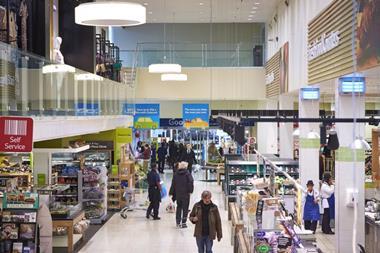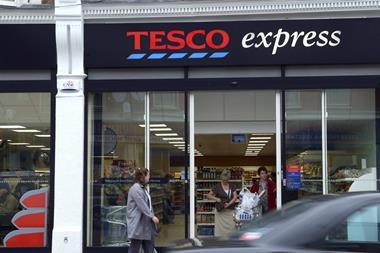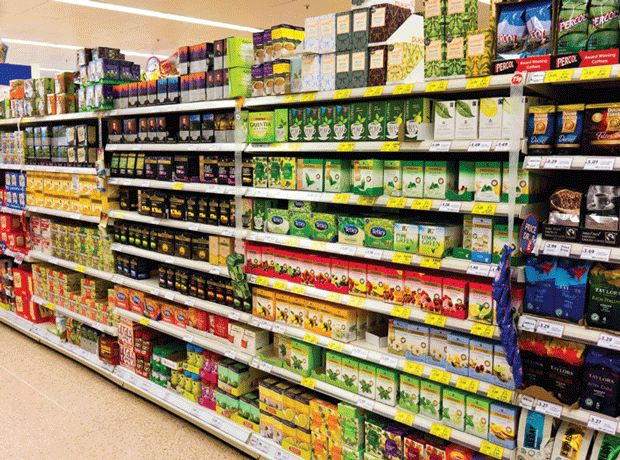
A sometimes overlooked factor behind the current supermarket woes has been the almost complete disappearance of food inflation.
According to today’s BRC-Nielsen Shop Price Index for August 2014, food inflation remained at its lowest level since the index began in December 2006 at 0.3% and fresh food inflation fell to just 0.1%.
Overall shop prices (including non-food retailers) saw deflation for the 16th consecutive month, with prices falling 1.6% in August – though the rate of deflation decelerated from 1.9% in July.
While looking like good news for squeezed consumers, the data paints a far less upbeat picture for the supermarkets. Given their traditionally slim margins, to some extent supermarkets have depended on food inflation to drive year-on-year sales increases. At a time when the discounters are eating into the market share of the established players, the lack of food inflation is another component in the perfect storm engulfing the industry.
The data found that fresh food inflation fell in August to 0.1%, well below the 12-month average of 1.3%. Downward pressure particularly came from the fish, milk, cheese & eggs, and vegetables categories.
In ambient food, the index found prices rose to 0.6% from 0.2% in July. Inflation was supressed by non-alcoholic beverages, sugar, jam, honey and syrup, bread and cereals, but inflation in alcoholic beverages was above the category average.
The supermarket price war will doubtless have had something of an effect on the stagnant prices, but the real story looks to be falling commodity prices.
With the exception of cattle, coffee and cocoa, the vast majority of agricultural commodities have seen sustained downward pressures in recent months. Prices for corn, soybeans and wheat on the Chicago Board of Trade slid in recent weeks to the lowest levels since 2010.
The BRC-Nielsen added: “The global outlook for rising commodity prices remains modest.”
The commodity price trend is helping to insulate suppliers from the effects of food price deflation, but these can take time to transition into significant cost savings for retailers. Even when retailers do renegotiate better terms with suppliers, it eases pressure on margins but doesn’t necessarily result in the volume boost to increase sales.
The latest BRC-KPMG Retail Sales Monitor found that food sales experienced their deepest three-month average decline since their records began in December 2008. The lack of food inflation is clearly not the only cause – as the cutting of food waste, rise of convenience/discounters and growing pressure on price have all contributed to the hostile environment for the supermarkets.
The industry is clearly going through vast structural changes, but food price inflation was well above 2% last summer and 4% at the start of 2013. If that were still the case this year, the headlines on plunging supermarket sales would be a little less severe.



















No comments yet